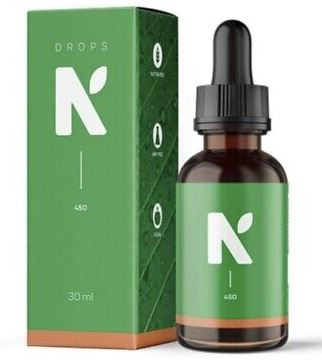In 2023, the global dog food market size reached a staggering value of about USD 60.73 billion, underscoring the immense care and consideration pet owners invest in their furry companions' diets. With the market expected to burgeon at a CAGR of around 3.9% in the forecast period of 2024-2032, reaching approximately USD 85.69 billion by 2032, the debate between choosing wet or dry dog food remains a pivotal topic among dog owners. Both wet and dry dog foods offer unique benefits and potential drawbacks, making the choice between them crucial for your dog's health, satisfaction, and your convenience. This blog post delves into a comprehensive comparison of wet and dry dog food, examining their nutritional content, convenience, impact on dental health, price considerations, and overall suitability for different types of dogs.
Nutritional Content
Wet Dog Food
Wet dog food is celebrated for its high moisture content, crucial for hydration, especially in dogs that are reluctant to drink adequate amounts of water. It generally boasts a higher protein and fat content, catering well to active dogs, seniors, or those with certain health conditions that require a more easily digestible diet. The soft texture also makes it a favorable option for puppies and older dogs with sensitive or weak teeth.
Dry Dog Food
Conversely, dry dog food offers a caloric dense option, providing more energy per serving with the added benefit of dietary fiber, which supports digestive health. Its formulation is designed to meet the nutritional needs of dogs across various life stages, making it a versatile choice for many pet owners.
Convenience and Storage
Wet Dog Food
While single-serving cans or pouches of wet food can be convenient, they require refrigeration once opened, which may not be ideal for all pet owners. The shorter shelf life compared to dry food also means it needs to be consumed more quickly to prevent spoilage.
Dry Dog Food
Dry food scores high on convenience due to its longer shelf life and ease of storage. It does not require refrigeration, making it an excellent choice for pet owners on the go or those who prefer to buy in bulk, ensuring their furry friend is always well-fed without frequent trips to the store.
Dental Health
Wet Dog Food
The primary concern with wet dog food is its potential contribution to dental problems. The lack of mechanical action required to break down soft, wet food can lead to faster plaque buildup and, subsequently, tartar and dental disease if not managed with regular dental care routines.
Dry Dog Food
Dry kibble's hard texture requires more chewing, which can help reduce plaque buildup on teeth. This mechanical action promotes healthier gums and teeth, although it's not a substitute for regular dental care practices.
Price and Economy
Wet Dog Food
Generally, wet dog food tends to be more expensive per serving than its dry counterpart. This can add up over time, making it a less economical choice for some pet owners, especially those with larger breeds or multiple dogs.
Dry Dog Food
Dry food is often more cost-effective, especially when purchased in larger quantities. Its longer shelf life and bulk availability make it a budget-friendly option for many households.
Palatability and Digestibility
Wet Dog Food
The strong aroma and softer texture of wet food are typically more appealing to picky eaters, making it an excellent choice for dogs that turn their noses up at dry kibble. It's also easier to chew and digest, which can be beneficial for older dogs or those with digestive issues.
Dry Dog Food
While some dogs may find dry food less palatable, it remains a popular choice for its convenience and the benefits it offers in terms of dental health. Some brands offer specially formulated kibble to appeal to pickier eaters, blending flavors and textures to entice them.
Suitability for Different Dogs
Choosing between wet and dry food often comes down to the specific needs and preferences of the dog. Puppies and senior dogs may benefit from the softer texture of wet food, while overweight dogs might find dry food's lower fat content and higher fiber beneficial for weight management. Dogs with specific health issues, such as kidney disease or diabetes, may require specialized diets that can be found in both wet and dry forms.








